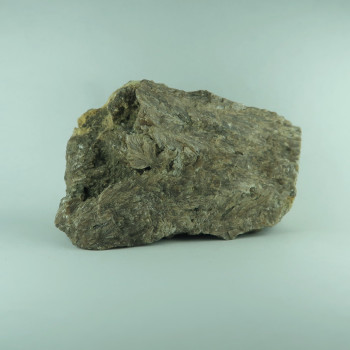UV reactive
This tag covers our collection of fluorescent minerals and materials – those which react under various wavelengths of UV light.
Showing all 36 results
-
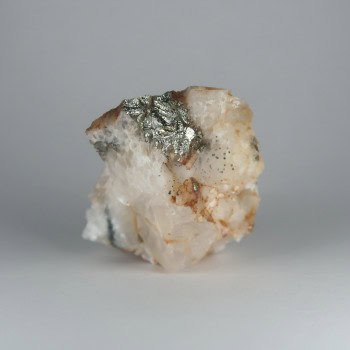
Calcite and Pyrite from Greystone Quarry, Cornwall
£5.00 – £20.00 -
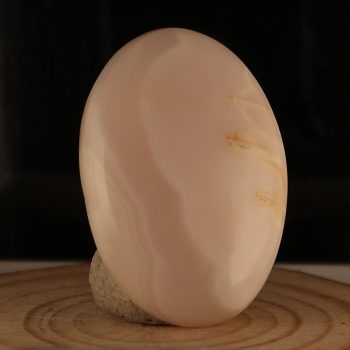
Calcite cabochons (Mangano)
£10.00 -
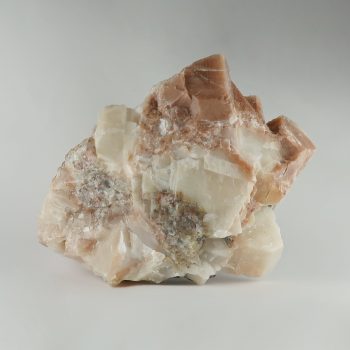
Calcite from Chipping Sodbury Quarry, Gloucestershire
£20.00 -
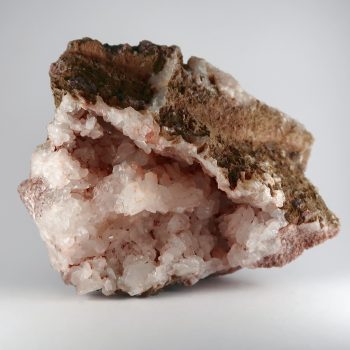
Calcite from Goose Green Mine, Cumbria
£15.00 -
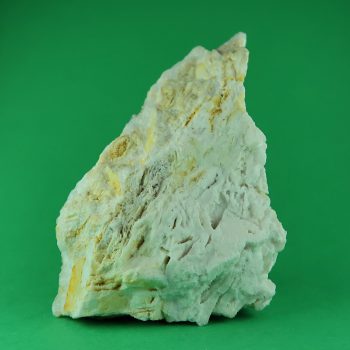
Calcite specimens (Mangano)
£5.00 – £100.00 -
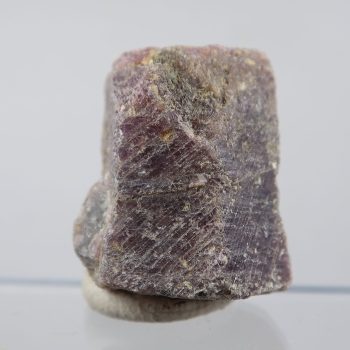
Corundum Specimens / Rough (Purple)
£2.00 – £4.00 -
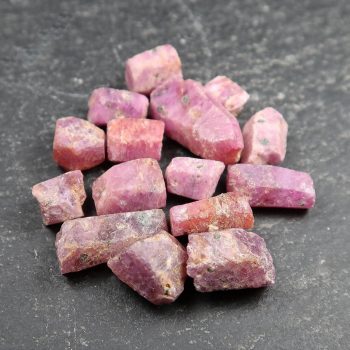
Corundum Specimens / Rough (Red/Ruby)
£2.00 – £7.50 -
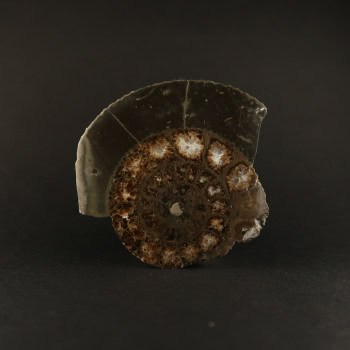
Dactylioceras Ammonites (Polished)
£7.50 – £12.50 -
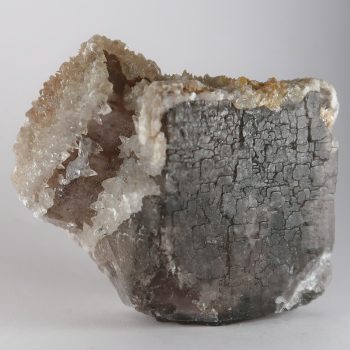
Fluorite and Calcite specimens
£25.00 -
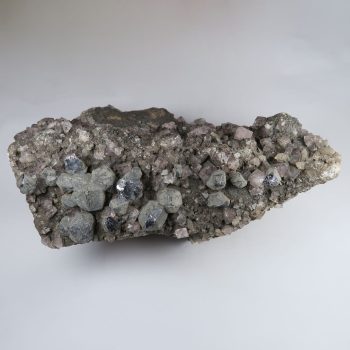
Fluorite and Galena mineral specimens
£4.00 – £15.00 -
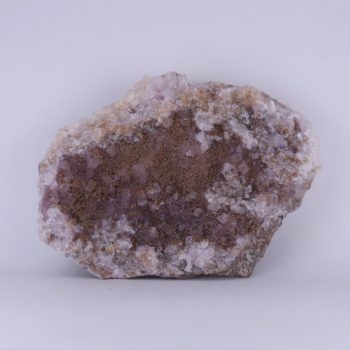
Fluorite and Smithsonite from Coldstones Quarry, North Yorkshire
£12.50 – £15.00 -
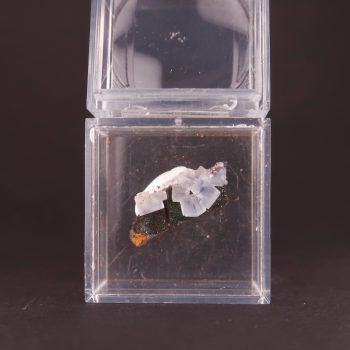
Fluorite and Specularite from Ullcoats Mine, Cumbria
£5.00 -
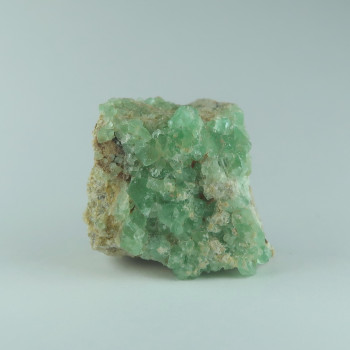
Fluorite from Berta quarry and mine, Spain
£5.00 -
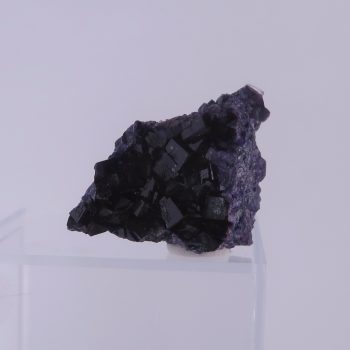
Fluorite from Cavendish Mill, Derbyshire
£15.00 -
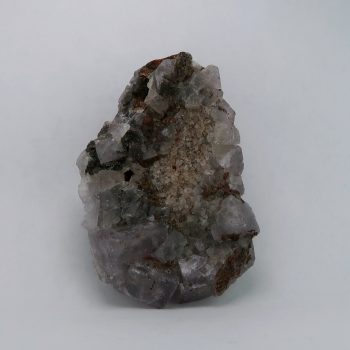
Fluorite from Newlandside Quarry, County Durham
£4.00 – £10.00 -
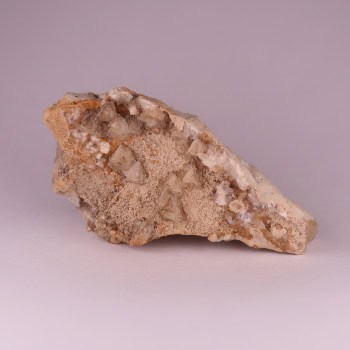
Fluorite from Old Towns Quarry, Darlington
£10.00 -
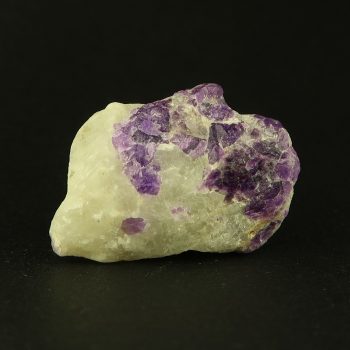
Hackmanite mineral specimens
£12.50 -
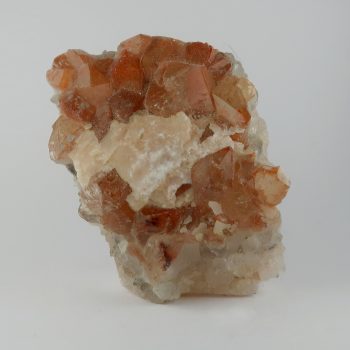
Hematoid Quartz over Calcite
£5.00 -
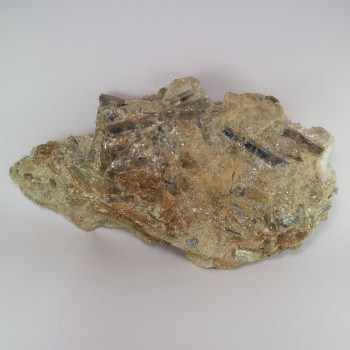
Kyanite from Varzo, Piedmont, Italy
£50.00 -
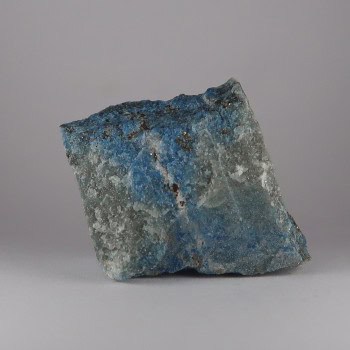
Lapis Lazuli from the Cazadero river, Chile
£6.50 – £12.50 -

Lapis Lazuli Specimens (UV Reactive)
£10.00 – £13.50 -

Lapis Lazuli tumblestones (Fluorescent)
£3.00 – £6.50 -
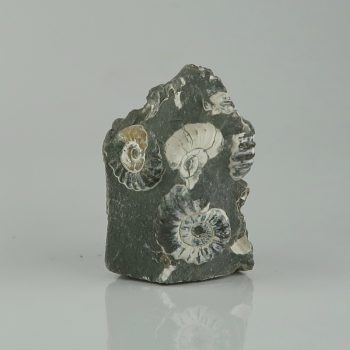
Marston Marble Specimens
£10.00 – £20.00 -
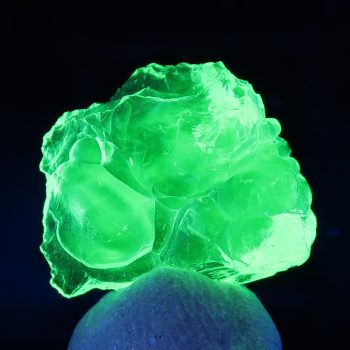
Opal Specimens – Hyalite (Opal-AN)
£1.50 – £10.00 -
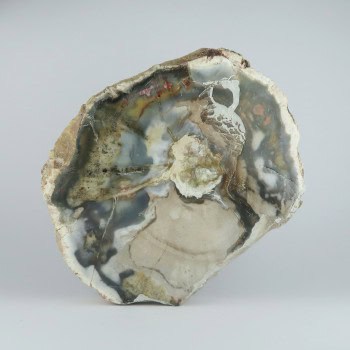
Petrified Wood – polished slices
£1.50 – £12.50 -
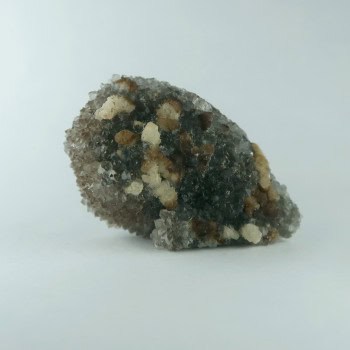
Quartz and Calcite from Geevor Mine, Cornwall
£10.00 -
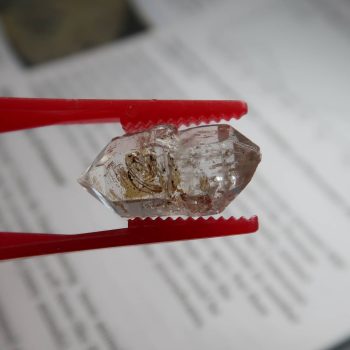
Quartz with Hydrocarbon Inclusions
£2.50 – £10.00 -
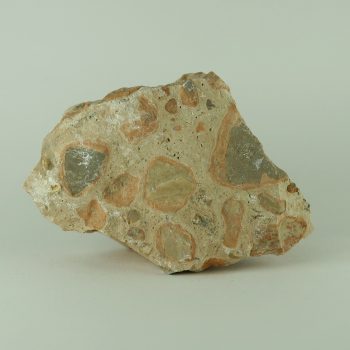
Rhyolite specimens (Orbicular)
£5.00 -
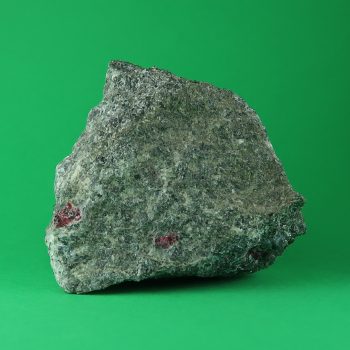
Ruby in Pargasite from Mundarara mine, Tanzania
£3.50 – £5.50 -
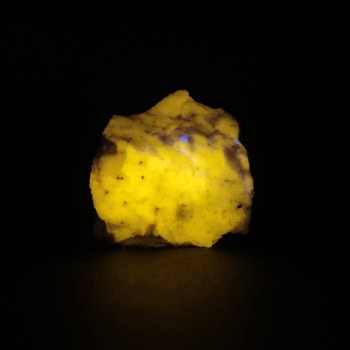
Scapolite var Meionite from Mont-Saint-Hilaire, Canada
£20.00 -
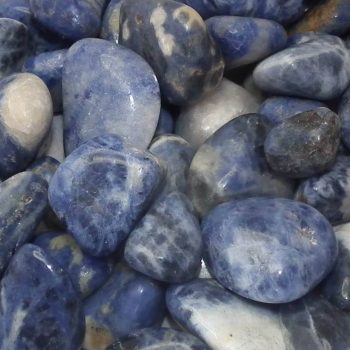
Sodalite tumblestones (Fluorescent)
£2.00 – £3.50 -
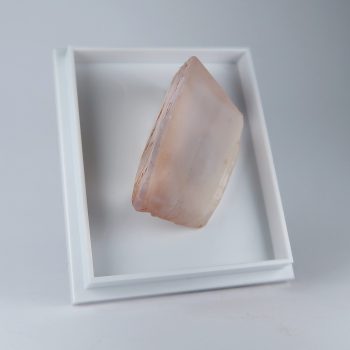
Spodumene var Kunzite Specimens / Rough
£5.00 -
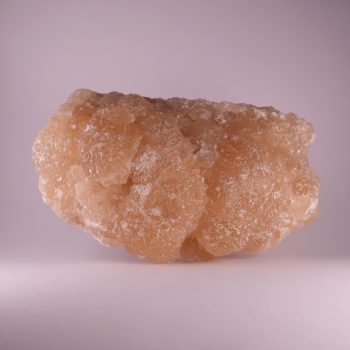
Witherite from Settlingstones Mine, Northumberland
£20.00 -
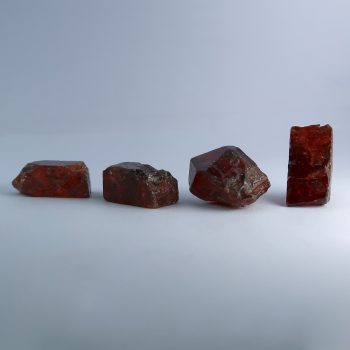
Zircon crystals
£2.50 -
ZWB2 ultraviolet filter glass
£3.50
In mineralogy, we typically use three wavelengths of UV light for the best results.
These are:
Shortwave/SW light or UV-C – 254-280nm.
UV-C lights are the most dangerous form of UV light, and we highly recommend anyone using them wears protective glasses and minimises exposure to their skin and eyes. The wavelength typically used in mineral collecting is 255nm.
Midwave/MW or UV-B – 280-320nm
The wavelength typically used in mineral collecting is 310nm.
Longwave/LW or UV-A – between 320-400nm.
This is the most common and safest form of UV light used, and the one we recommend for beginner collectors. There are several reasons for this, with the first, of course, being that LW lights are inherently less risky to use than SW.
A great many minerals react to LW light, including calcites, hyalite, fluorite, ruby, hackmanite, zircons, etc – the two most common there being calcite and fluorite, which will likely form the majority of UV mineral collections in one form or another.
Longwave lights are also typically cheaper and are available in higher power forms than SW and MW lights – even the torches are significantly more powerful.
The most common wavelength for mineral collectors is 365nm – it is important to note that many cheap UV lights are 395nm, which are of no use for minerals (but may appeal to collectors of uranium or manganese glass).
Some minerals glow different colours, or entirely differently under different lights.
What glows under 255nm may not glow under 365nm, and vice versa.

